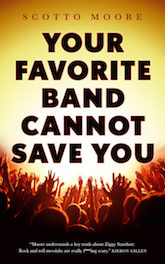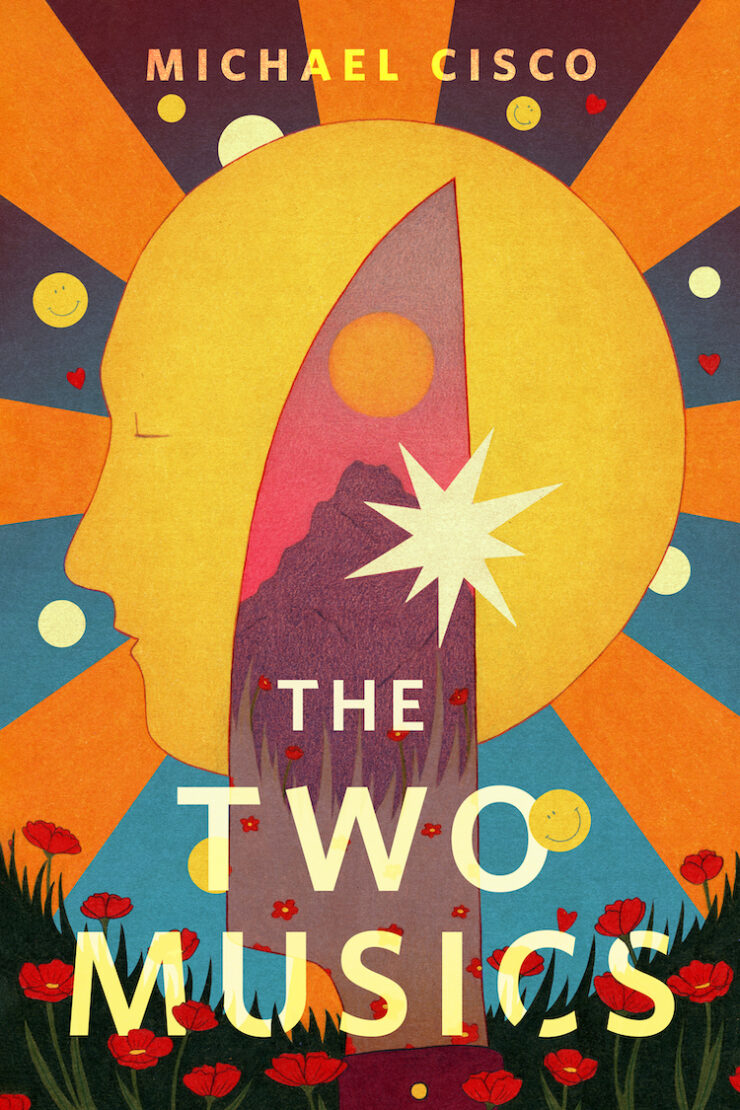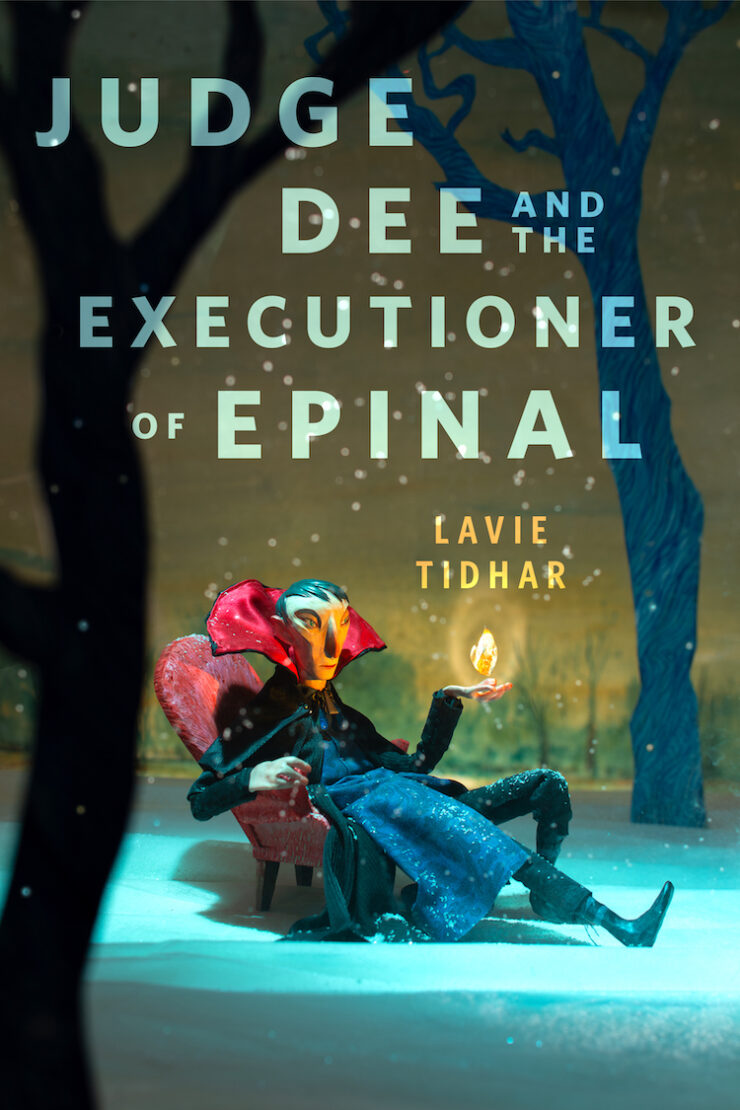Hello friends, and welcome to the end of the world! My name is Meghan and it is my utmost pleasure and privilege to reread Good Omens with you. Written by Neil Gaiman and Terry Pratchett, Good Omens is a delight of a novel and has been a fan favorite for decades. It will soon be a six-part series airing on Amazon Prime in 2019. To prepare for that momentous occasion, we’ll be reading the book together over the next ten weeks and discussing what makes it so wonderful.
Without any further ado, let’s get started. This week’s discussion covers the first 35 pages of the novel (going by the 2006 paperback edition published by William Morrow).
Summary
Good Omens begins where EVERYTHING begins. An angel and a snake are chatting, wondering if this latest zany idea of God’s is going to work out. Humans? Doesn’t sound promising. The angel, called Aziraphale, is fretting over these new creations. The snake, called Crawly (though he’s thinking of changing it, it’s not really HIM, you know?), has more of a laissez-faire attitude about the situation, and wonders idly why that tree was stuck there if no one was supposed to touch it. It begins to rain, the first rain in all of creation, and Crawly asks where Aziraphale’s giant flaming sword has gone. Aziraphale wrings his hands and admits that he gave it to Adam and Eve. Eve is already expecting, you see, he couldn’t just leave them out in the cold! He and Crawly stand (slither?) in silence as the first rain turns into the first storm, wondering about good, evil, and their place in this brave new world.
We jump ahead (behind?) to eleven years in the past. We learn many things here. For one, the Earth is a Libra. For another, the demon Crowley is responsible for many of Great Britain’s traffic woes. And last (but most importantly), we learn that any tape left in a car for a fortnight will always transform into Best of Queen albums. Even if that car is Crowley’s 1926 black Bentley. Crowley is late for a very important date: someone very special is being born today. He meets with two demon princes of Hell in a graveyard to learn the fabulous news; the world is going to end soon and Hell is going to win! Praise be to Satan! They hand Crowley a ticking time bomb in a basket and send him on his way. Crowley speeds off in his Bentley and has a very uncomfortable talk with Satan through his car speakers. This is an important job and if any part of it goes wrong then Crowley will pay the price. Left with his instructions, Crowley has no choice but to drive while the thing in the basket begins to cry.
Elsewhere, a man named Mr. Young is pacing in a hospital as he waits for his wife to give birth. This hospital belongs to the Chattering Order of Saint Beryl, a relatively small and unknown order who take vows to say absolutely anything that pops into their heads. This does not fill Mr. Young with confidence but, well, nuns are sort of strange and inscrutable anyway, so he isn’t overly bothered by it either. He goes outside to have a smoke just in time to see Crowley park haphazardly and run into the hospital, asking if it’s started yet. Bewildered, he mistakes Crowley for a doctor and lets him dash right in.
This hospital has been chosen for a reason. The Chattering Order is a group of Satanic nuns and they’re in on the big secret. Their job is to take the son being born to a powerful American diplomat and switch him with the newly spawned Antichrist. Crowley hands the baby to Sister Mary Loquacious so that she can orchestrate the switch. Unfortunately, Sister Mary isn’t the best nun for the job. The American diplomat’s wife and Mr. Young’s wife are both having sons at the exact same moment. Add the infant Antichrist into the mix and, well, mistakes are made. Mistaking Mr. Young for the American husband, Sister Mary allows the wrong babies to be switched. Proud of a job she thinks is well done, she tries to get Mr. Young to choose a suitably demonic name for his new child.
Commentary
Could there be any better way to open a novel? We’re immediately charmed by Aziraphale and Crowley—it takes less than two pages to fall in love with them and to understand them as characters. Aziraphale is precise and kind and a worrier. Crawly/Crowley has a swagger and a sarcastic kind of honesty about him. It also introduces some of the central themes of the novel, such as the ineffability of God and Satan and the immortal lifelong friendship between Aziraphale and Crowley. I also love the framing of this scene: it’s the very first dark and stormy night. Brilliant.
After the list of the novel’s dramatis personæ, we jump into the story proper, which means getting to see Neil Gaiman and Terry Pratchett being more clever than should be humanly possible. The just astonishingly perfect breakdown of why the Earth is a Libra might be my favorite opening segments of all time. We also get our very first footnote! I love the footnotes in this story. I think they must be mainly Terry’s doing, since they are also so integral to the Discworld novels. Either way, they are hilarious. And of course, there’s also the ongoing riff about Queen which makes me so happy. I have no idea why they picked Queen and not The Beatles or The Stones or, I dunno, Herman’s Hermits or something, but it just works so beautifully. I actually own a Queen cassette that I found in a thrift store; I keep it in my car’s glove box because I’m under the possible misapprehension that I’m funny. No, my car doesn’t even have a cassette player. No, YOU’RE the weird one!
Buy the Book


Your Favorite Band Cannot Save You
Anyway, we meet Hastur and Ligur, two of Hell’s demon princes and both total sticks in the mud. I love how Crowley messes with them. Both of them fire off an “All hail Satan” and Crowley just ambles over with a smile, a little wave, and a cheerful “hi!”—I already can’t stop thinking about how amazing David Tennant is going to be in this role. After some demonic housekeeping, the pair hand over the new baby Antichrist and send him off to start the clock on the apocalypse. Crowley is not down for this. He is the opposite of down for this. He’s got it good on Earth. He has his beautiful car, he has little restaurants, he has extremely sharp sunglasses. Why go and mess all that up?
Crowley has no choice but to deliver the baby to the Chattering Order. The entire hospital scene strikes me as something that could have come out of the very best of old British comedy. Why isn’t John Cleese there somewhere as Basil Fawlty, hospital admin? Why isn’t Father Ted there as head priest, or Patricia Routledge as Hyacinth the Mother Superior? Surely there must be a Blackadder involved! (Look, I watched a lot of PBS as I was growing up, I apologize for nothing.)
I love Sister Mary; I used to work with a girl who was just like her. She was sweetness and light with a kind word for everyone and would have forgotten her own head if it wasn’t screwed on. I can easily see how the baby swap gets so screwed up. All babies look like angry potatoes anyway. How can you tell them apart?
Only 35 pages in and Good Omens already delivers on great characters, absurd situations, and enough laugh-out-loud moments to make people on the train give you worrying looks. Ask me how I know that last part.
Pun Corner
All of which brings us to my favorite part of the reread, Pun Corner! In a book so full of clever wordplay, hilarious asides, and entertaining footnotes it feels only right to take a moment to really highlight and appreciate some of these wonderful little moments—and feel free to note your own favorites in the comments!
- (Describing Hastur and Ligur) “If Bruce Springsteen had ever recorded ‘Born To Lurk,’ these two would have been on the album cover.” Just the mental image conjured up by this line is a thing of beauty.
- “Crowley blessed under his breath.” I just… what would that even sound like? Can you say “amen” and “hallelujah” in the same tone reserved for words with four letters?
- (in a footnote) “It is possibly worth mentioning at this point that Mr. Young thought that paparazzi was a kind of Italian linoleum.” …I love this book so much, you guys.
Thank you so much for joining me on our first Good Omens reread! Next week, we’re reading pages 35 to 72, which is the section that ends right before the chapter “Wednesday.” See you then!
Meghan Ball is an avid reader, writer, and lifelong fan of science fiction and fantasy. When she isn’t losing to a video game or playing the guitar badly, she’s writing short fiction and spending way too much time on Twitter. You can find her there @EldritchGirl. She currently lives in a weird part of New Jersey.









